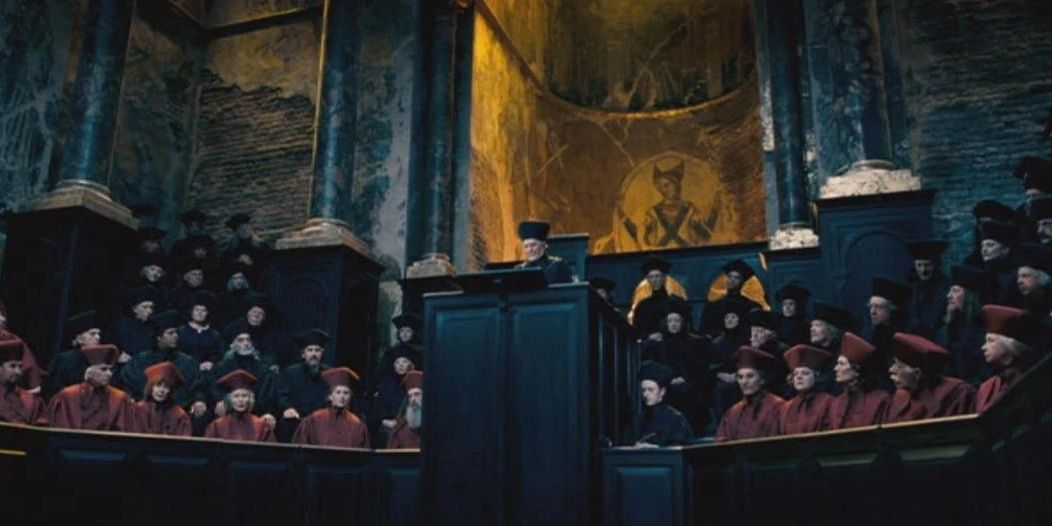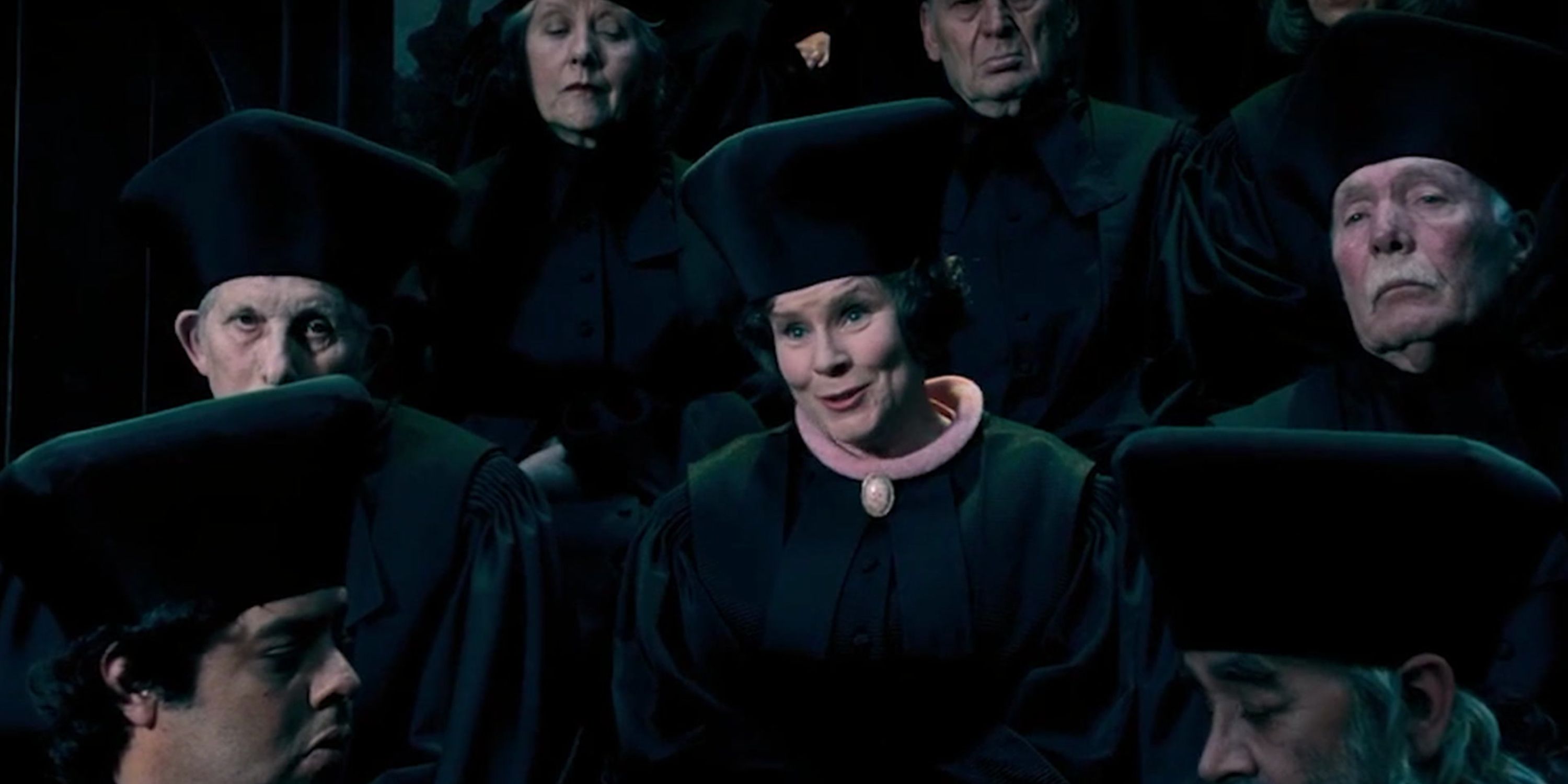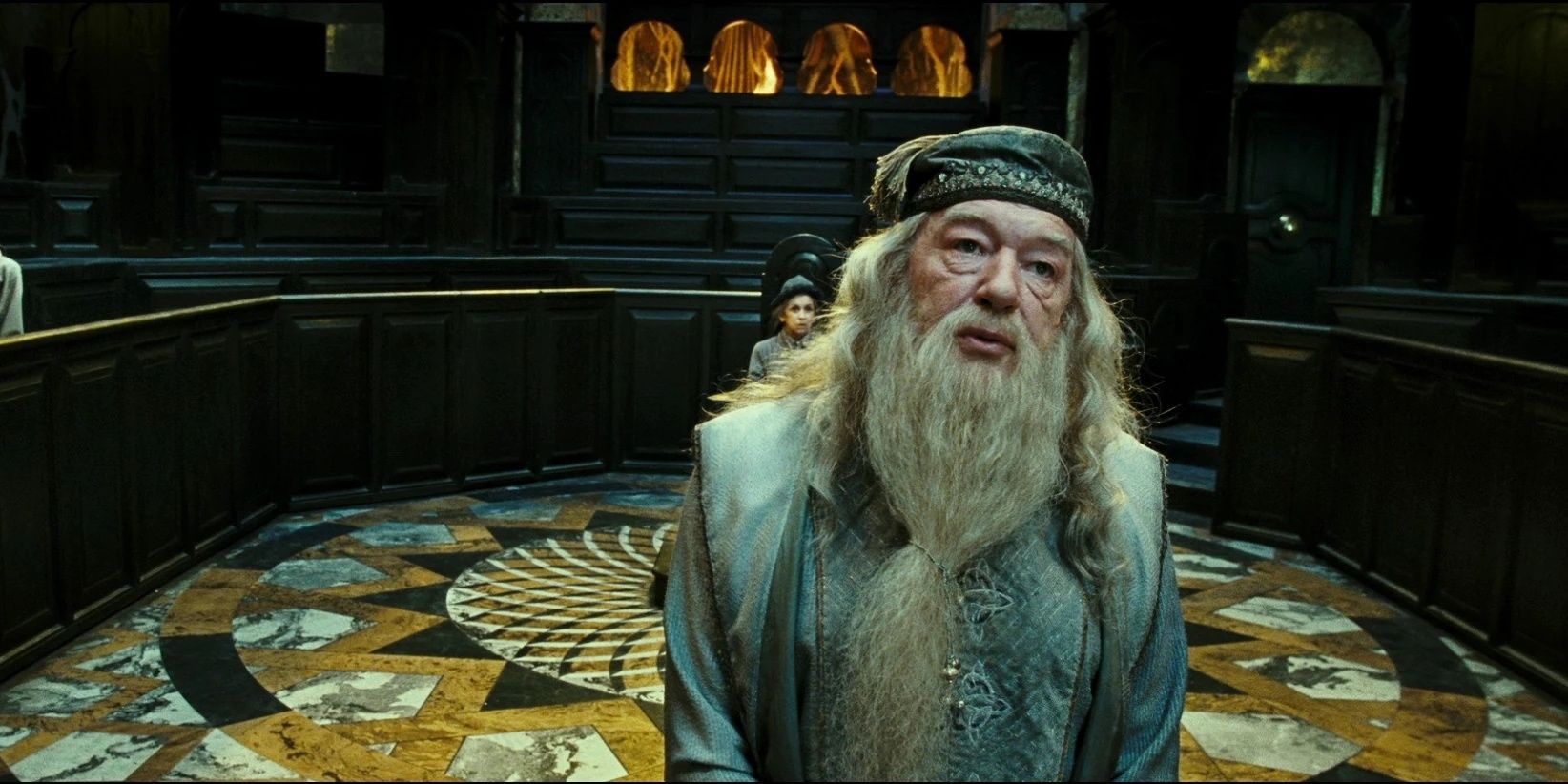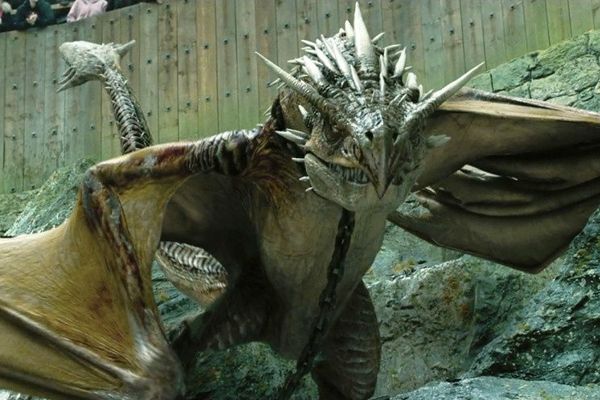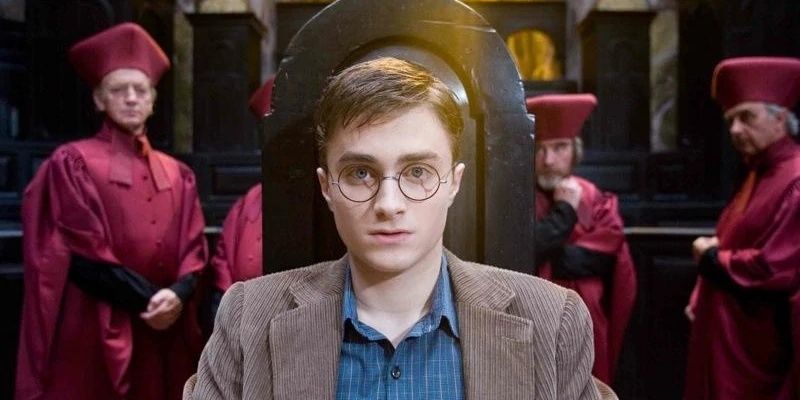
Unraveling the Mysteries of the Wizengamot: From Members to Dumbledore's Removal

Delve into the enchanting world of Harry Potter and discover the inner workings of the Wizengamot, the magical court of law Uncover the reasons behind Dumbledore's controversial removal from the esteemed group and explore the influential figures that make up the Wizengamot
The wizarding world, while filled with whimsy, still abides by its own set of societal rules and governing bodies. These institutions lend depth to Harry Potter's world, transforming it into a fully-realized, lived-in universe. However, the story isn't solely focused on spells and creatures, but also highlights the struggles of dealing with corrupt bureaucracy and systems that hinder our protagonists. The Wizengamot, a governing council, serves as one such example of conflict within the series. As Voldemort makes his return, the Wizengamot's refusal to acknowledge his presence becomes a frustrating roadblock for Harry and his allies. This hindrance exemplifies how government involvement can potentially create problems, and how the law isn't always clear-cut in any given society.
What Is The Wizengamot?
The Wizengamot serves as the wizarding world's highest judicial body, with its headquarters located in the Department of Magical Law Enforcement at the Ministry of Magic. Its role combines that of a court and parliament, functioning as both the primary legislative body and highest tribunal within the Ministry. However, while the full Wizengamot would occasionally preside over court proceedings, it was more common for Dark Wizards to be tried by the Council of Magical Law. These trials were typically brief, and there were no official magical attorneys. On occasion, a third party with knowledge of the legal process could speak on behalf of a defendant, but this was a relatively uncommon practice.
During The Order of the Phoenix, the Wizengamot played a significant role in the Harry Potter series when Harry was tried for violating the Decree for the Reasonable Restriction of Underage Sorcery after using a Patronus to fend off Dementors during summer break. Dumbledore provided Harry's defense, and Cornelius Fudge ultimately dropped the charges following a majority vote in favor of clearing Harry's name. However, the trial was almost missed due to a deliberate change in the scheduled time and a failure to properly inform Harry, signaling that the council may not be entirely impartial or free of corruption.
Who Was Part of the Wizengamot?
The Wizengamot consisted of approximately 50 members, including judges, the Chief Warlock, and a Court Scribe who documented all proceedings. The attendance of the Minister for Magic, the Senior Undersecretary to the Minister, and the Head of the Department of Magical Law varied in importance depending on the trial or hearing. Notable characters who served on the council of the Wizengamot in the Harry Potter series were Albus Dumbledore (who later loses his position), Amelia Bones, Barty Crouch Sr., Elphias Doge, Cornelius Fudge, and Dolores Umbridge. Interestingly, Umbridge falsely claimed that her deceased father had been a distinguished member of the Wizengamot to conceal his actual occupation as a janitor in the Magical Maintenance Department, which was far less prestigious.
Why Was Dumbledore Removed From the Wizengamot?
After holding the position of Chief Warlock of the Wizengamot for nearly a decade, Dumbledore was removed in 1995-1996 due to his insistence that Voldemort had returned. Despite overwhelming evidence, the Ministry denied the Dark Lord's return, prompting Dumbledore's criticism. However, following the events of The Order of the Phoenix, which forced the Ministry to finally admit the truth, Dumbledore was reinstated in June 1996. It is assumed that he held the position until his passing the following year.
